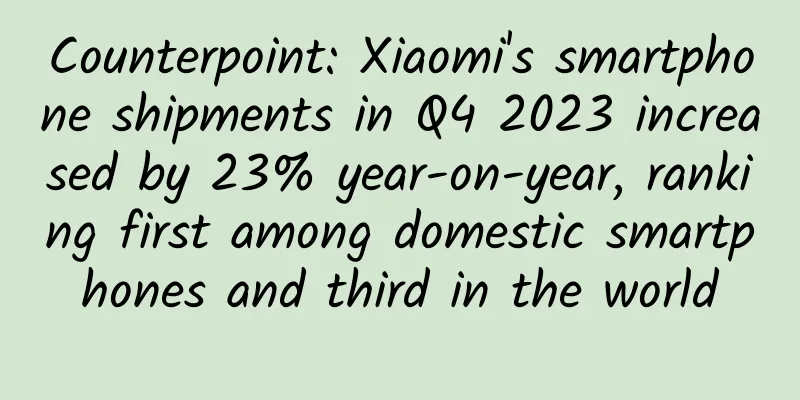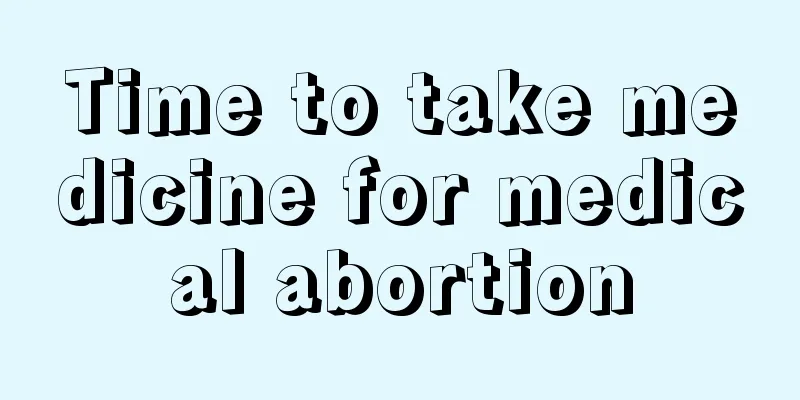[Medical Q&A] How does parenteral nutrition “directly” reach the human body?
![[Medical Q&A] How does parenteral nutrition “directly” reach the human body?](/upload/images/67f0fc39b6129.webp)
|
Planner: Chinese Medical Association Reviewer: Yu Jianchun, Chief Physician and Professor of Peking Union Medical College Hospital Parenteral nutrition is the direct delivery of nutrients into the human body through intravenous infusion, thus providing life support for patients with gastrointestinal failure or severe disorders. This form of nutritional therapy bypasses the digestive system and can "go directly" into the human body. The infusion routes of parenteral nutrition include peripheral venous route and central venous route. Nutritional support via the peripheral venous route (catheter inserted into the peripheral veins such as the arm and back of the hand) is a relatively simple method with low operation risk, but the peripheral vein cannot tolerate hypertonic solutions (such as glucose solutions with a concentration of more than 10% or protein solutions with a concentration of more than 5%), and the injection site needs to be changed regularly to prevent fluid leakage and phlebitis. It is suitable for short-term or low-concentration nutrient solution infusion. Because the nutritional needs of patients are difficult to meet, patients who need home parenteral nutrition support rarely choose this route. Corresponding to the peripheral venous route is the central venous route, such as the superior vena cava route through the internal jugular vein or subclavian vein, and the percutaneous central venous catheter (the catheter is inserted from the peripheral vein, and its end can reach the central vein, which is the well-known PICC) route. PICC is currently a widely used route with low insertion risk and low infection rate. It can be left in place for a long time and is suitable for patients who receive short-term (several weeks to 3 months) parenteral nutrition. If long-term infusion of parenteral nutrition is required, an infusion port (a device that is completely implanted subcutaneously and connected to the central vein via a catheter) can also be selected. This can reduce the pain of frequent catheterization and allow patients to infuse fluids on their own. It is very suitable for patients who need parenteral nutrition support at home. However, this permanent central venous catheter still has some risks, such as the need for puncture operation, limited service life, surgery required for insertion and removal, and high cost. |
<<: [Medical Q&A] Is “athlete’s foot” the same as “athlete’s foot disease”?
>>: Is cracked heel caused by lack of vitamin or collagen?
Recommend
Pregnancy white discharge a little reddish brown
If a woman has a little reddish-brown discharge f...
Cervical biopsy p16
There are actually many items in gynecological ex...
What to do if your breasts become dry after giving birth
Breasts are a kind of beauty for women. If the br...
Expelling foreign matter after using erosive suppositories
Many women need to take good care of their health...
What does difficult labor include in difficult labor leave?
In order to protect the interests of pregnant wom...
What to do about trichomoniasis during pregnancy
Through investigation, it was found that the chan...
What's wrong with my breast pain recently?
Women often experience breast pain, which is very...
A woman's back pain and buttocks pain
If a woman simply has back pain, there are many r...
Why do women feel discomfort and swelling in their anus?
In many cases, some people feel that there are so...
When is the Great Heat in 2020? How many days are there in the Great Heat in 2020?
The Great Heat is the 12th solar term of the 24 s...
Yellow face during pregnancy means boy
According to surveys and analyses, women's co...
What are the benefits of eating black garlic for women
As a very common food, many friends like to eat b...
Be alert to these 4 common pathogens! Young people are more susceptible to infection
This article is from the article "Detection ...
Do these two points and easily cultivate children's autonomy
Children's Day is coming soon. In the "H...









